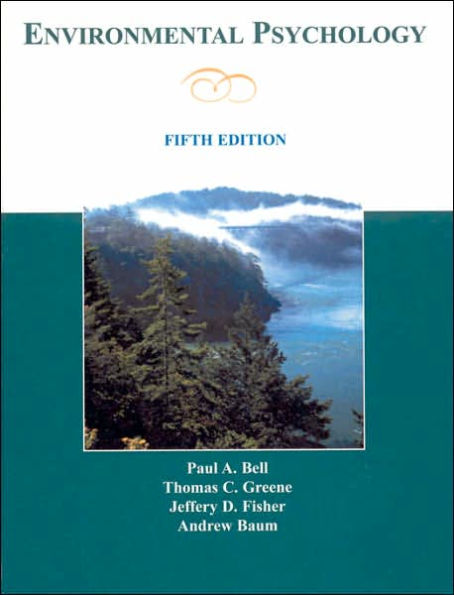5
1
9780805860887


Environmental Psychology / Edition 5 available in Hardcover

Environmental Psychology / Edition 5
- ISBN-10:
- 0805860886
- ISBN-13:
- 9780805860887
- Pub. Date:
- 12/29/2005
- Publisher:
- Taylor & Francis
- ISBN-10:
- 0805860886
- ISBN-13:
- 9780805860887
- Pub. Date:
- 12/29/2005
- Publisher:
- Taylor & Francis

Environmental Psychology / Edition 5
$180.0
$180.00
This item is available online through Marketplace sellers.
$28.62
This item is available online through Marketplace sellers.
180.0
Out Of Stock

Product Details
| ISBN-13: | 9780805860887 |
|---|---|
| Publisher: | Taylor & Francis |
| Publication date: | 12/29/2005 |
| Series: | Environmental Psychology |
| Edition description: | REV |
| Pages: | 654 |
| Product dimensions: | 7.50(w) x 9.25(h) x (d) |
About the Author
From the B&N Reads Blog

